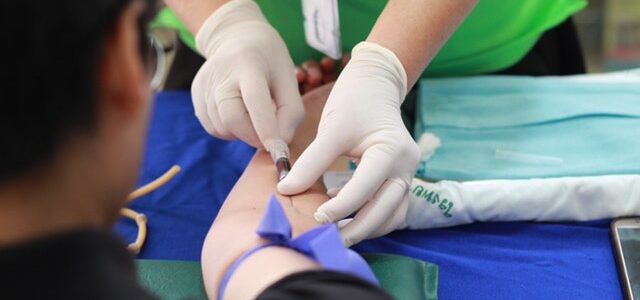Call for your appointment today 914-666-4665 | Mt. Kisco, New York

Borrelia miyamotoi, the bacteria which causes relapsing fever, is one of the latest threats. The disease was first reported in the United States in 2013 but has become increasingly more common. B. miyamotoi is carried by black-legged ticks, the same ticks that can transmit Lyme disease. One study found that 2% of nymphal ticks collected in 11 states endemic for Lyme disease were infected with B. miyamotoi.
A recent review by Shapiro and Wormser in the Journal of the American Medical Association, points out the concerns associated with this particular tick-borne disease and how its unique presentation can make it challenging to diagnose.[2]
- “This bacterium can be transmitted within the first 24 hours of tick attachment.”
- “The probability of transmission increases with every day an infected tick is allowed to remain attached.”
- While some patients with Lyme disease may exhibit a rash, “patients infected with B. miyamotoi in the United States typically do not have a rash.” But they may present with “a fever in conjunction with headache (96%), myalgia (84%), arthralgia (76%), and malaise/fatigue (82%).”
- There are no diagnostic tests for B. miyamotoi infection that have been approved by the US Food and Drug Administration.
- The fever may be relapsing. [Editor’s note: Fevers often do not relapse.]
- “Laboratory abnormalities include leukopenia (51%) and thrombocytopenia (60%), which are rarely seen in Lyme disease.” [Editor’s note: These are seen in Ehrlichia and Anaplasmosis.]
- “Severely immunocompromised patients may develop chronic meningitis.”
Fortunately, doxycycline and amoxicillin have been shown to effectively treat B. miyamotoi infection in patients, including those who are immunocompromised. [Editor’s note: Long-term outcome studies are needed.)
Related Articles:
The best antibiotics to treat Borrelia miyamotoi?
“Urban” ticks carry B. burgdorferi sl and B. miyamotoi
Don’t count on a relapsing fever to diagnose B. miyamotoi
References:
- CDC Vital Signs, Weekly / May 4, 2018 / 67(17);496–501. https://www.cdc.gov/mmwr/volumes/67/wr/mm6717e1.htm
- Shapiro ED, Wormser GP. Lyme Disease in 2018: What Is New (and What Is Not). Jama. 2018;320(7):635-636.




B.Miyamotoi is not susceptible to amoxicillin in vitro. https://www.ncbi.nlm.nih.gov/pubmed/28674060
Current, from a single doctor in RI, miyamotoi/burgdorpheri ratio = 1/5
Using Imugen…
2014 study showing miyamotoi to burgdorpheri ratio of 1 to 2 in serum samples from New England from as far back as 1992.
https://wwwnc.cdc.gov/eid/article/20/7/pdfs/13-1587.pdf
Because Borrelia myamotoi has been seen as a biofilm embedded in amyloid plaques in Alzheimer’s brains, it is premature for Dr. Shapiro and Dr. Wormser to say that this infection is successfully treated with doxycycline and amoxicillin because in sections of the brain are harder to treat and even harder to determine if the infection is eradicated. Dr. Alan MacDonald’s work needs corroborated and patients with Borrelia myamotoi need to be followed up in a long-term multi-center international brain autopsy study, that looks for persistence of any and all Borrelia species in the brain after antibiotic treatment. We know Borrelia infections are notorious for being intracellular, and have a tropism for the human brain. We need better pathology studies done before we can draw conclusions about the curative abilities of antibiotic when a patient may have an intra-neural Borrelia infection behind the blood-brain-barrier that has been longstanding and undiagnosed for decades. Thomas Grier